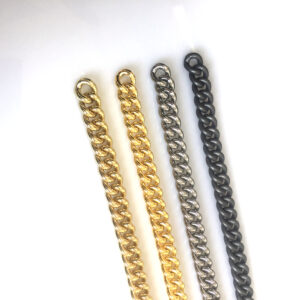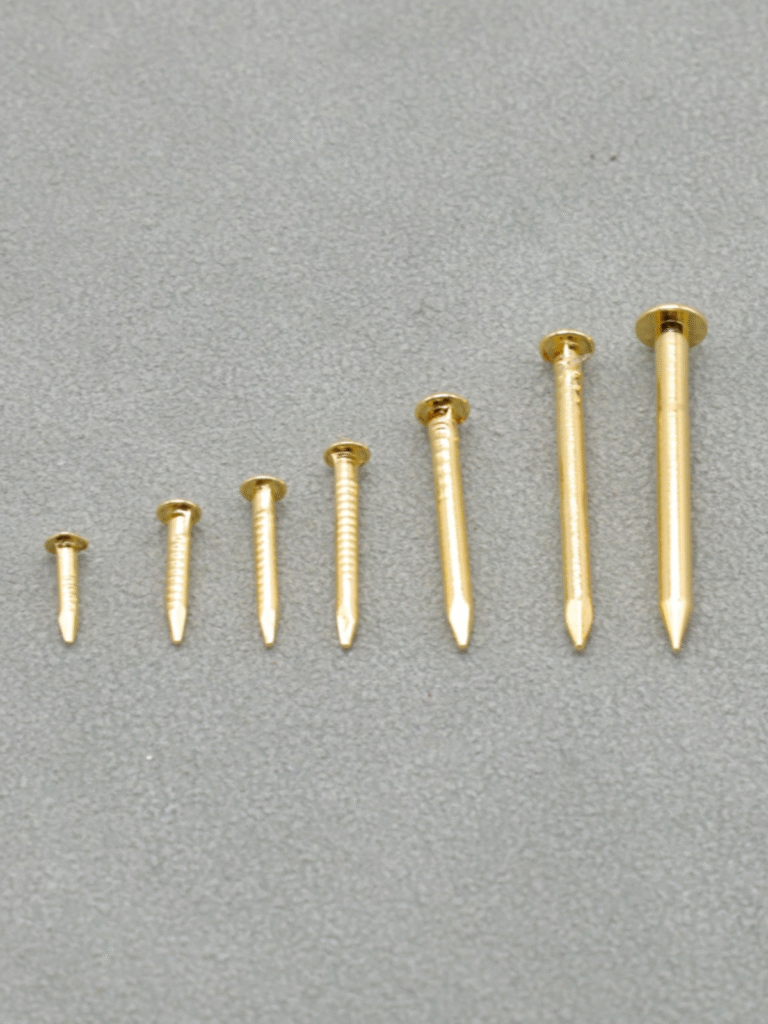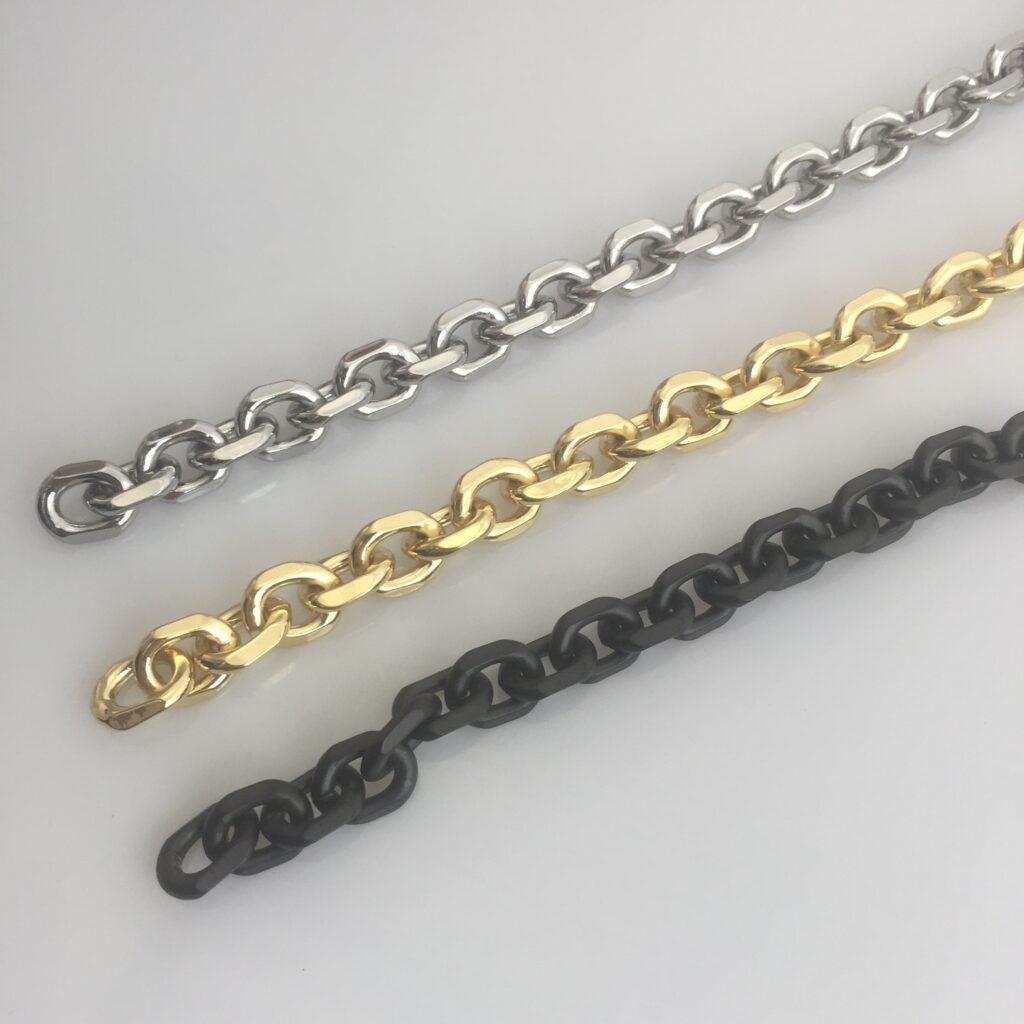In the world of bag design, the pursuit of excellence often lies in the details, and those unsung details become the unsung heroes of craftsmanship. Among these details, hardware accessories – buckles, zippers and rivets – play a vital role in defining the functionality and beauty of a bag. These small but important parts are more than just functional elements; they are the storytellers of a bag’s identity, showing the charm of quality, durability and style. This article will take a deep dive into the often overlooked world of hardware accessories and their profound impact on enhancing the design and function of a bag.
Hardware accessories are the backbone of a bag’s structural integrity. A well-made buckle not only provides a secure closure system, but also adds a touch of sophistication to the overall design. Zippers are another important hardware accessory in a bag, which ensures the smooth operation of the bag’s compartments. High-quality zippers glide smoothly and ensure easy access to items; while poorly made zippers make the bag look bulky and impractical. These accessories are not only functional, but also the first line of defense against the wear and tear of daily use, ensuring the long-term durability of the bag.
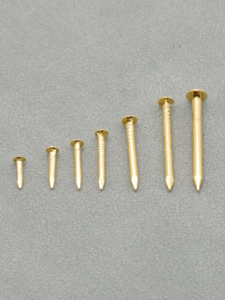
Hardware is an integral part of a bag’s visual narrative. They are a subtle yet powerful design element that elevates a bag from the ordinary to the extraordinary. The choice of metal hue – whether it’s gold, silver or rose gold – can dramatically change the aesthetic of a bag, making it complement a variety of styles, from classic elegance to modern simplicity. Custom-designed hardware often features a brand logo or unique pattern, adding a personal touch that transforms a bag into a canvas for artistic expression. These details not only enhance a bag’s visual appeal, but also reinforce the brand’s image, creating a sense of exclusivity and craftsmanship.
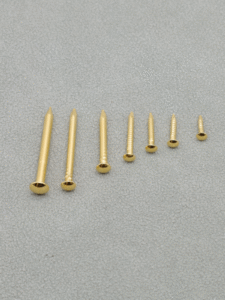
Durability is an important role that hardware plays in bag design. High-quality hardware is made from strong, durable materials such as stainless steel or brass that resist corrosion and wear. These materials ensure that the hardware remains functional and beautiful even after years of use. Surface treatments such as electroplating or PVD coating provide additional protection, shielding the hardware from environmental factors and maintaining its lustrous, brilliant appearance. This focus on durability highlights the overall quality of the bag, making it a worthy investment for the discerning consumer.
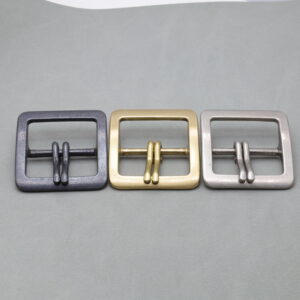
The interplay of form and function underscores the dual role that hardware plays in bag design. While they are primarily functional, they can also serve as decorative elements that enhance a bag’s visual appeal. Strategically placed rivets can not only reinforce stress points, but also add a hint of industrial style to the design. Decorative buckles can become visual focal points, drawing the eye and creating a sense of balance in the overall composition of a bag. This harmonious blend of form and function embodies the meticulous attention to detail that is the essence of great bag craftsmanship.
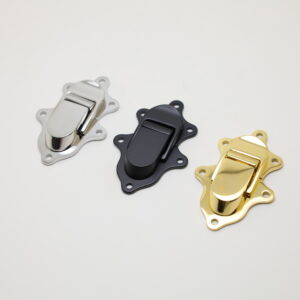
Hardware is much more than a simple component; it is the quality code that supports a bag’s design and functionality. They tell a story of craftsmanship, durability and style, elevating a bag from a simple accessory to a symbol of excellence. As consumers place more emphasis on quality and sustainability, the role of hardware in bag design will continue to grow, ensuring that craftsmanship remains at the heart of every bag.
